SUMMARY
This is AI generated summarization, which may have errors. For context, always refer to the full article.
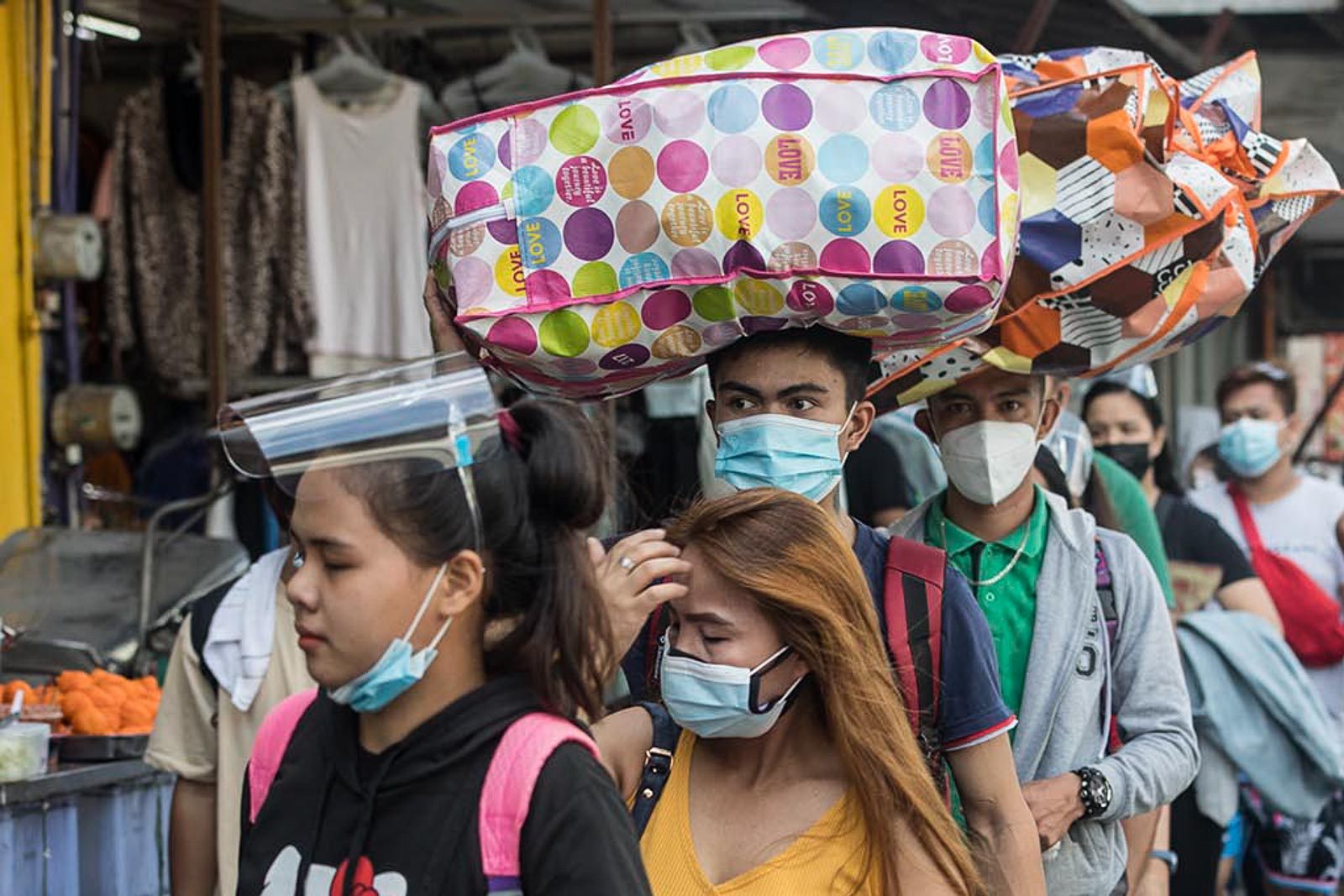
Coronavirus infections in the Philippines continue to decline, with nationwide case numbers staying below the 2,000 range in the recent week. The Department of Health said the National Capital Region Plus areas initially showed a sharp decline in cases, then, along with all islands groups, saw cases now plateauing.
The surge fueled by the Omicron variant brought the highest number of new infections in the pandemic so far, but also the lowest number of severe and critical cases. This was mostly due to increased protection from vaccines and the variant being less severe compared to other earlier forms of COVID-19.
Here’s what we’re watching this week of February 27, 2022:
The ‘new normal’
The government’s coronavirus task force is poised to downgrade Metro Manila to Alert Level 1 – the lowest and least strict type of quarantine – after cases in the capital region continued to dip. Alert Level 1 is what government officials consider as the “new normal.”
- This is the closest Filipinos in the capital region have been to Alert Level 1 in months. Before the Omicron variant drove record highs in case numbers, officials had been eyeing to shift the metropolis to Alert Level 1 sometime in December 2021, when consumption was high and Filipinos traditionally gathered with families for the holiday season.
- For any area to downgrade to Alert Level 1, all of the following conditions need to be met:
- Low to minimal risk case classification
- Total bed occupancy in hospitals is less than 50%
- At least 70% of 80% of the population are fully vaccinated
- At least 80% of 85% of senior citizens are fully vaccinated
- Metro Manila meets all these requirements as Alert Level 2 is scheduled to last only until February 28. As of February 20, over 100% of the National Capital Region’s target population had been fully vaccinated, while 83.8% of seniors were covered.
- Alert Level 1 is also what health officials see as a sort of “in-between” phase, where COVID-19 is not as big of an emergency as it was two years ago, but still isn’t at the level where it can be considered endemic in the country.
- Officials have long eyed getting the capital region to this state. All its 17 mayors likewise recently voted to relax restrictions and further open the economy.
- Although the Duterte administration wanted to get here months ago, health experts cautioned that vaccination thresholds were not as high as they needed to be to protect the health system from a future surge.
- For one, pandemic officials earlier adjusted national vaccination targets to 90% of the population. With herd immunity likely impossible due to breakthrough infections, the target should be 100% to protect each Filipino, especially the elderly and persons with comorbidities, epidemiologist Dr. John Wong of public health research firm EpiMetrics told Rappler.
- Infectious disease specialist Dr. Rontgene Solante of the San Lazaro Hospital stressed that booster uptake should also be counted before shifting to Alert Level 1. This is key in keeping transmission to a minimum, which will be crucial when protecting high-risk groups, for whom the pandemic is certainly not over for, especially after Omicron.
- Given how unpredictable the virus is, experts advising the government reminded the public that quarantine restrictions may need to be tightened if cases surge and the health system is under strain again.
- When we get there, “normal” will also look far different from the pre-pandemic “normal” of 2019.
Denmark’s path
Denmark is offering the world a front row seat to a key question many want answered three years into the pandemic: Are the country’s vaccination rates high enough to return to “normal” despite a record increase in cases? What might this mean for health systems and the country at large?
- Denmark is the 10th most vaccinated country in the world, with 83% of its population fully vaccinated and 62% boosted. It also enjoys among the highest levels of public trust in government.
- Cases have skyrocketed in recent weeks, but what most people are looking at are what appeared to be exponential deaths. The Danish health authority, however, made an important distinction after attention was drawn to the latter: the country’s number of deaths include those who died “with COVID-19” and “from COVID-19.”
- After stratifying the two, some still support the decision of the Danish government to open fully, noting that deaths from COVID-19 were low enough.
- But biostatistician and epidemilogist Dr. Katelyn Jetelina pointed out in a weekly newsletter that excess deaths were substantially high, particularly among those aged 85+ years old.
- What this means then, Jetelina said, is: “This confirms that even though there is a high vaccination rate, the vulnerable are not guaranteed protection in a high-transmission environment…. Other country-level factors, like general health, age distribution, strength of a healthcare system, and the availability social safety nets also need to be taken into account.”
- Moreover, country-specific contexts need to be taken into account for governments watching. In the Philippines – and every country – government and the public will need to decide what level of security they want and what level of death they’re willing to accept.
- World Health Organization (WHO) Emergencies Director Dr. Mike Ryan added in a press conference on February 24, “If countries start parroting each other and just doing what the other guy or girl did, then they’re going to find themselves in real trouble.”
Updated vaccine intervals
The United States Centers for Disease Control and Prevention (CDC) recently recommended that some specific groups getting their first dose of the Pfizer and Moderna vaccines wait eight weeks before receiving their second shot. The standard interval between doses is three to four weeks.
- In particular, the longer dosage schedule of eight weeks was suggested for boys and men aged 12 to 39. The standard schedule is still recommended for those who were immunocompromised, 65-years-old and above, and were at risk for severe COVID-19.
- The update came after new evidence indicated that an eight-week interval could reduce the risk of a serious but rare side effect known as myocarditis, or inflammation of the heart.
- According to Johns Hopkins Center for Health Security, “myocarditis associated with vaccination has a low relative risk, around 3.24, compared to the relative risk of COVID-associated myocarditis, around 18.28,” but the change was done to further reduce the risk.
- More studies are underway to evaluate whether longer intervals between the first and second dose could result in greater protection for all people. This is what earlier prompted the change in scheduling for AstraZeneca vaccines and one factor why some scientists see Moderna performing better at preventing infection than Pfizer.
- Longer intervals could open the risk of people getting infected after one shot, but it may also sway some people who are concerned about myocarditis and side effects to take the shot.
- In the Philippines, health authorities have yet to make any amendments to current dose intervals for mRNA vaccines.
Promising developments
To more promising developments in vaccine related news: another COVID-19 vaccine may soon be available to millions all over the world, while the WHO announced plans to put up a training hub in South Korea to teach low and middle income countries how to produce mRNA vaccines.
- A protein-based vaccine developed by Sanofi and GlaxoSmithKline showed strong efficacy and safety in Phase 3 trials. A press release from the companies indicated their vaccine demonstrated 100% efficacy against severe COVID-19 disease and hospitalization, while efficacy against symptomatic infection was around 58%.
- The numbers, the firms said, were in line with expected efficacies considering the various variants in circulation.
- The Sanofi and GSK vaccine is similar to Novavax’s, which is also a protein-based shot. The vaccine uses a more traditional platform that touts less side effects but similar efficacies compared to leading mRNA shots.
- As for the WHO’s plans to establish a vaccine manufacturing training hub, the South Korean health ministry said around 370 people from around the world may be trained as early as July.
- The New York Times reported the hub would operate in facilities already training companies based in South Korea and would complement the WHO’s technology transfer hub in South Africa.
- The WHO earlier sought to reverse-engineer the mRNA vaccine to share technology with low- to middle-income countries, after cooperation with Pfizer and Moderna was unsuccessful.
- The Times added the agency had so far chosen Bangladesh, Egypt, Indonesia, Kenya, Nigeria, Pakistan, Senegal, Serbia, South Africa, Tunisia, and Vietnam to receive mRNA technology.
- The effort is aimed at addressing vaccine inequality and the shortage of skilled workers in the industry.
In case you missed it: Health officials are looking to increase house-to-house and mobile vaccination activities after the country reached a “saturation point” where vaccinations have dropped from 1 million a day to less than 500,000.
More in this story:
– Rappler.com
Add a comment
How does this make you feel?
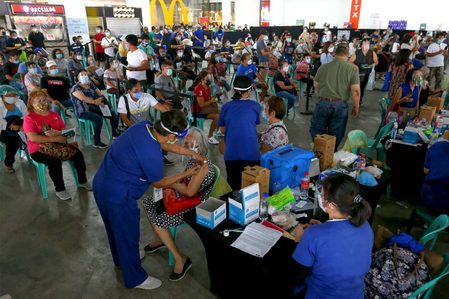
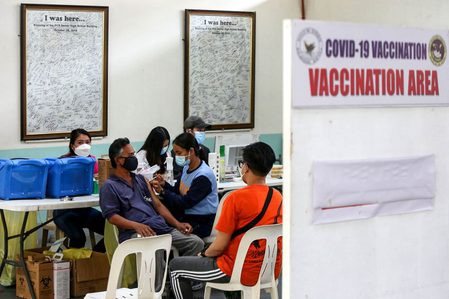
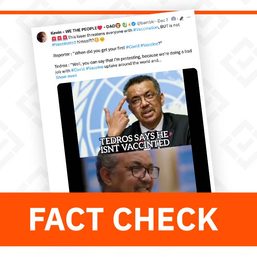
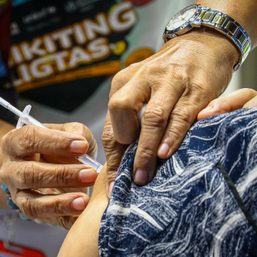
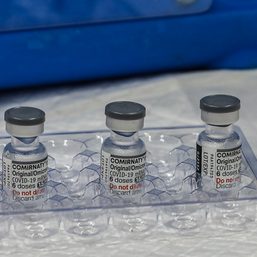

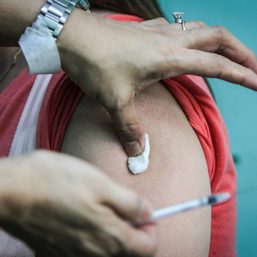
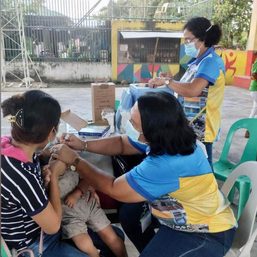


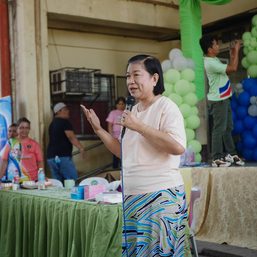
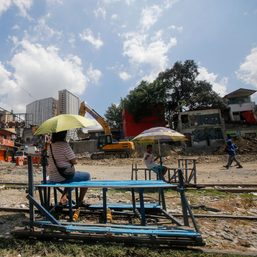
There are no comments yet. Add your comment to start the conversation.